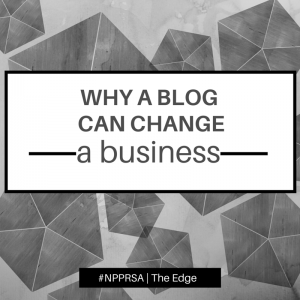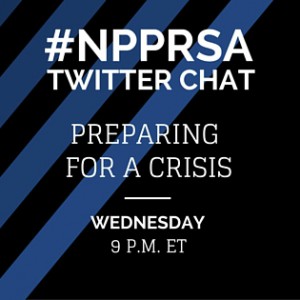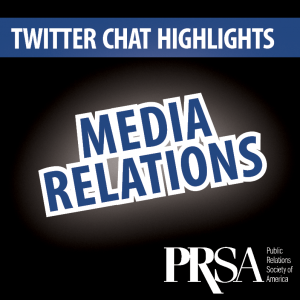 If your client or organization is looking to implement an integrated marketing strategy, a blog may be one vital tool for success. However, proposing the idea of a blog many times comes with resistance from the C-suite. If you’re trying to sway this crowd, make sure you’re prepared with these three arguments to get them on board:
If your client or organization is looking to implement an integrated marketing strategy, a blog may be one vital tool for success. However, proposing the idea of a blog many times comes with resistance from the C-suite. If you’re trying to sway this crowd, make sure you’re prepared with these three arguments to get them on board:
1. Blogs are shareable. There is no limit to the amount of times a blog can be shared online. Start by creating great content on your site, and then use social media to promote links back to that content. You’ve heard that adage, “If you want to catch more fish, cast a wider net.” The same principle applies here. Shareable content helps you reach the maximum amount of potential customers. And an added bonus – blogging can help your SEO rankings if you include clickable links and keywords in your posts.
2. Blogs give you an opportunity to engage your audience. Audiences won’t believe your brand is better just because you say it is. Your potential customers need to trust you and your products or services, and the best way to build trust is through engagement. Blogging gives you the prime opportunity to interact with your audience – if you do it the right way. You have to make an effort to build a rapport with your audience by responding to comments on your blog, answering questions or interacting on social media.
There are several reasons why marketing and public relations are shifting away from the traditional TV and radio approach, and one reason is because they don’t give audiences the opportunity to talk back. Blogging does, but it won’t be effective if the audience doesn’t feel like you’re listening. The interaction in blogging creates the two-way communication that is the basis for trusted relationships. (Tweet this!)
3. Blogging makes you look like a genius. Customers want to believe that they are getting service from the best of the best. Blogging is a great way to show how much you know about your product or field of service. When you share information about what you know, audiences can put trust in your experience (it always circles back to trust). Blogging about tips or inside information about your product or service lets customers know that you care about helping them.
To make an extra impact on your customers, get your organization’s leadership involved in blogging. They can blog about the industry, or they could blog about their hobbies. It really doesn’t matter what they are writing about as long as they are open, honest, and engage with the audience. When customers trust an organization’s leadership, they are more likely to be loyal to the brand. You need to convert potential customers into customers, but then you need to convert customers into repeat customers. Blogging can help you do that by renewing your audience’s faith in the organization with each post.
What results has your company or organization seen from blogging?
 Jennifer Materkoski is a graduate of Kent State University with a Master of Arts in Journalism and Mass Communications with a specialization in Public Relations. She has worked as a writer and editor for both newspaper and television and as a member of a non-profit marketing and development team. Materkoski is the owner and principal consultant of a boutique public relations firm, Songbird Public Relations. She is an avid sports fan and a yogi and also owns and operates an online store selling essential oils and natural products. Materkoski resides in Wheeling, West Virginia with her husband and son. Find her on LinkedIn or follow her on Twitter @MrsMaterkoski. She can be reached via email at jen@songbirdpublicrelations.com.
Jennifer Materkoski is a graduate of Kent State University with a Master of Arts in Journalism and Mass Communications with a specialization in Public Relations. She has worked as a writer and editor for both newspaper and television and as a member of a non-profit marketing and development team. Materkoski is the owner and principal consultant of a boutique public relations firm, Songbird Public Relations. She is an avid sports fan and a yogi and also owns and operates an online store selling essential oils and natural products. Materkoski resides in Wheeling, West Virginia with her husband and son. Find her on LinkedIn or follow her on Twitter @MrsMaterkoski. She can be reached via email at jen@songbirdpublicrelations.com.








